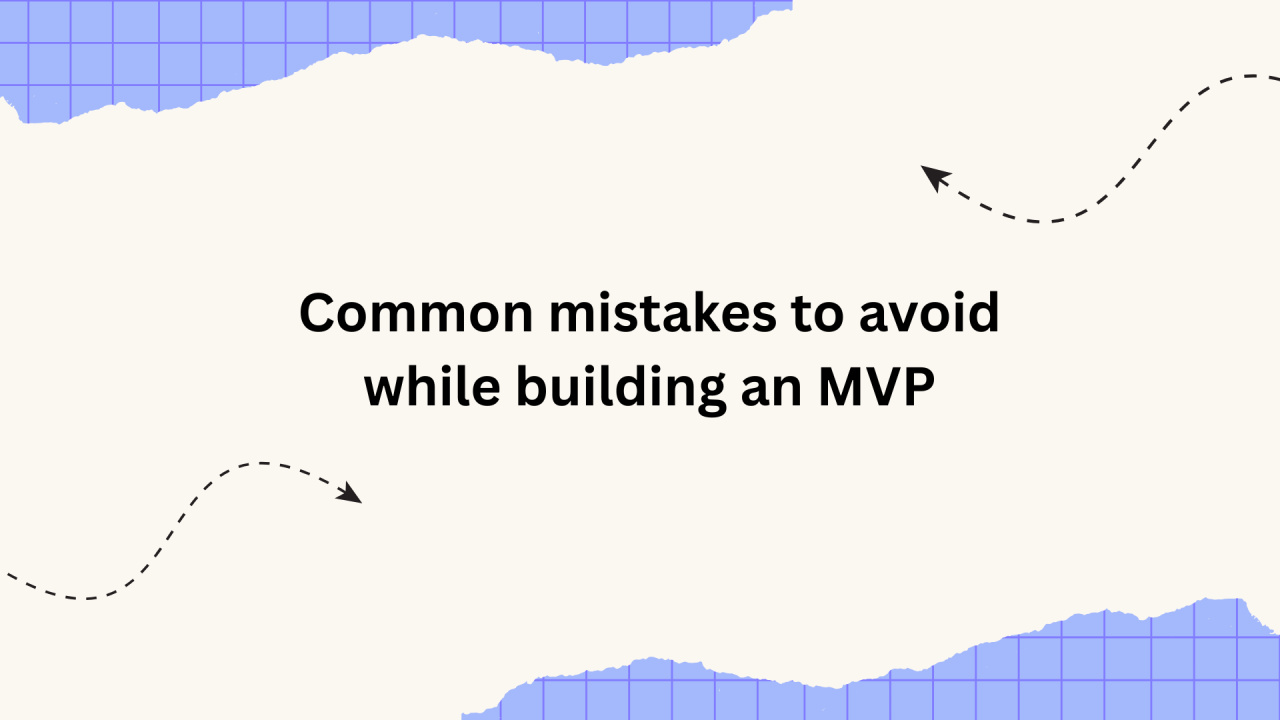Keep It Simple: Less Is More in MVP

Building an MVP is kind of like preparing for your first big date. You want to make a good impression but don’t want to overwhelm the other person with too much. It's your chance to test the waters, see if there's potential, but mess it up and it could cost you. One of the biggest traps you can fall into is trying to do too much too soon.
It’s tempting to throw every feature you can think of into your MVP, but that’s a mistake. The key is to focus on one thing — the problem you're solving. Keep it simple, just like a first date; you don’t need to bring everything to the table at once. Focus on the basics, get that right, and leave room for growth down the road.
User Feedback is Your New Best Friend
A huge mistake is ignoring user feedback. It’s like trying to impress someone without listening to what they actually like. Don’t just guess what your users want — talk to them. Get out there, understand their pain points, and gather real insights.
Your MVP should be built on actual user needs, not just assumptions. But here’s the thing: not all feedback is created equal. While input is vital, you don’t have to act on everything. Choose wisely and make sure the changes you make align with the bigger vision you have for your product.
Even though your MVP doesn’t need to be perfect, don’t forget that quality still matters. Think about a first impression — if your product is buggy or frustrating to use, no one’s coming back. It’s like showing up to that date looking disheveled and unprepared.
Don't Overcomplicate It: Choose Your Tech Wisely
Make sure your MVP works well enough for users to interact with, even if it’s not fully polished. Also, don’t make the mistake of pushing important tasks like user testing and feedback to the backburner. They may feel like boring chores, but they’re the things that will help you get it right.
On the tech side, it’s easy to get excited and choose a complicated stack, but the more you pile on, the more you risk getting bogged down. Stick with what you know, and pick tools that actually fit your needs.
Think of it like keeping your outfit simple but sharp — it doesn’t need to be flashy to make an impact. You also need to define what success looks like. Without clear goals, how will you know if you’re on the right track? Whether it’s user engagement, feedback, or conversions, having measurable targets will give you a sense of direction.
Learn, Improve, Repeat: Mistakes Are Just Stepping Stones
Your MVP isn’t the final product, so don’t get caught up in trying to add every little feature. It’s about testing your core idea and making sure it works. Keep it intuitive, keep it simple, and focus on the real needs of your users. Mistakes will happen, but that’s part of the learning process. In the end, building an MVP is about figuring out what works, what doesn’t, and making your product better along the way.
